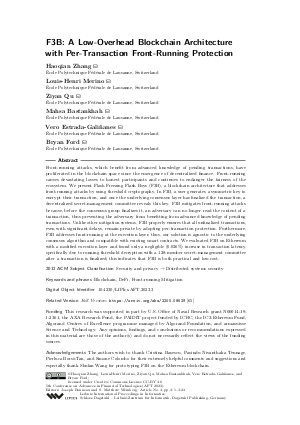LIPIcs.AFT.2023.3.pdf
- Filesize: 0.92 MB
- 23 pages

 Creative Commons Attribution 4.0 International license
Creative Commons Attribution 4.0 International license












































Feedback for Dagstuhl Publishing